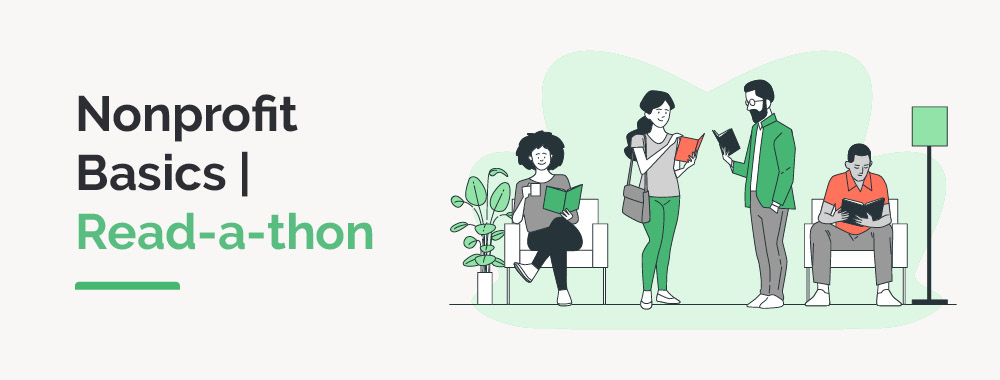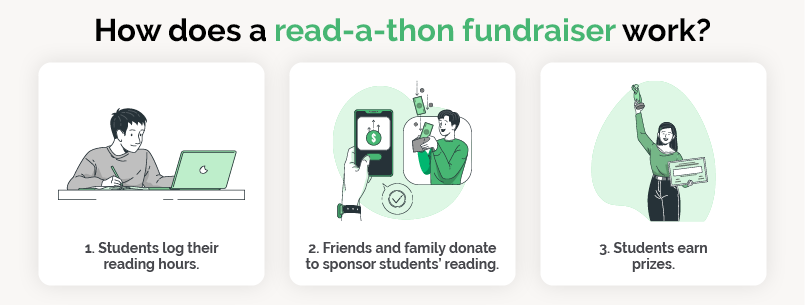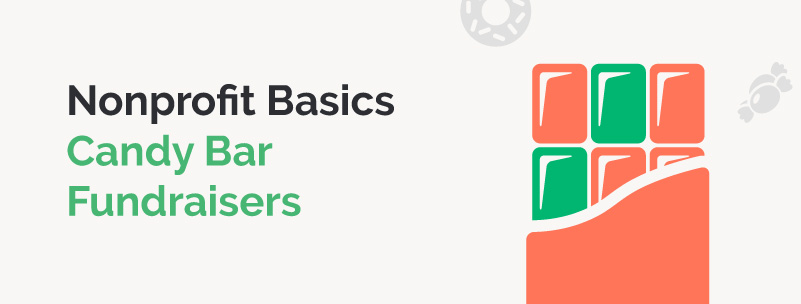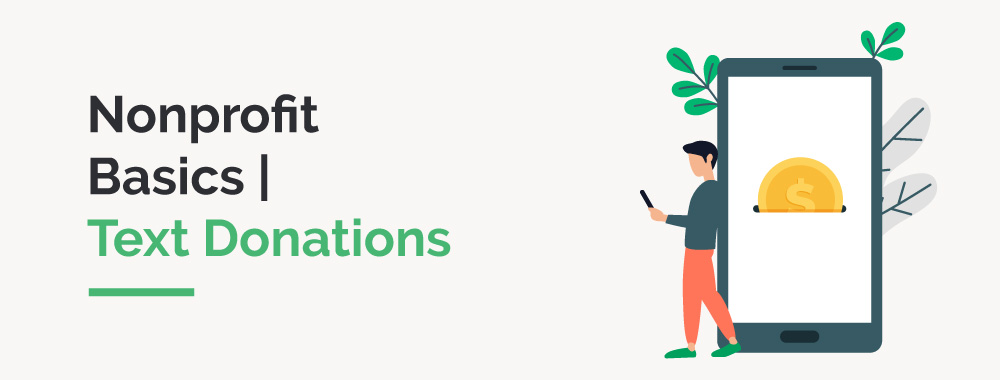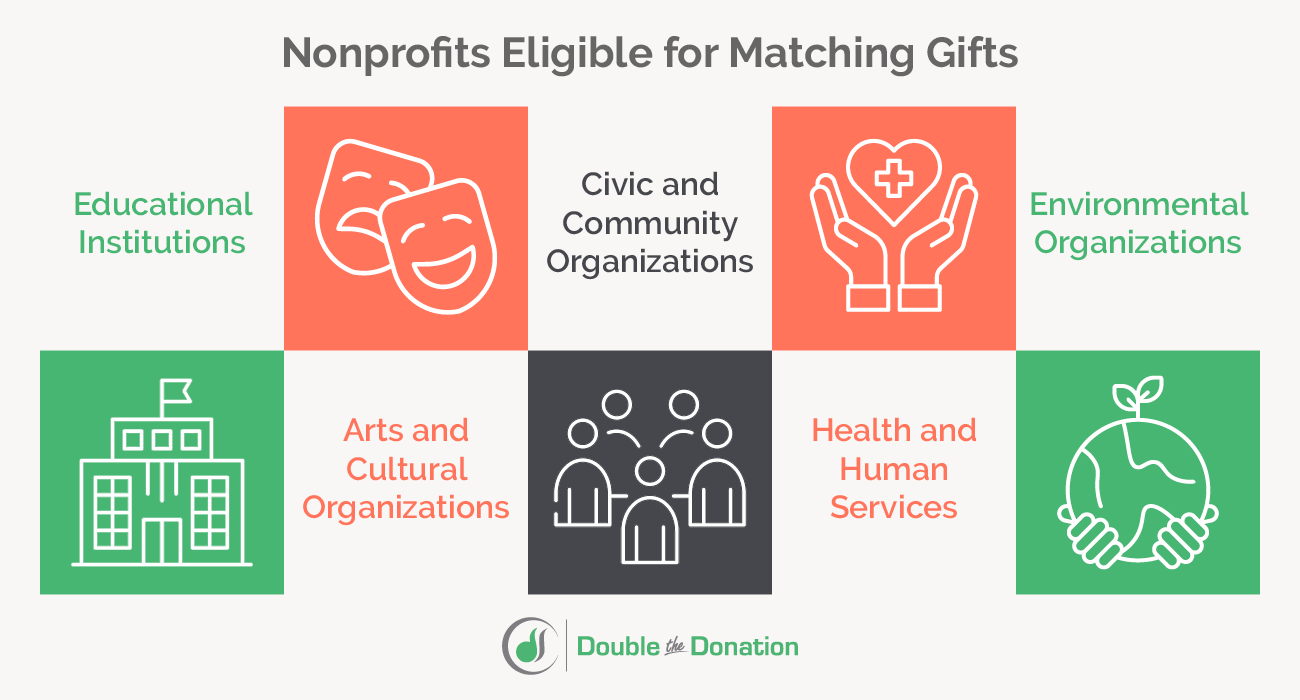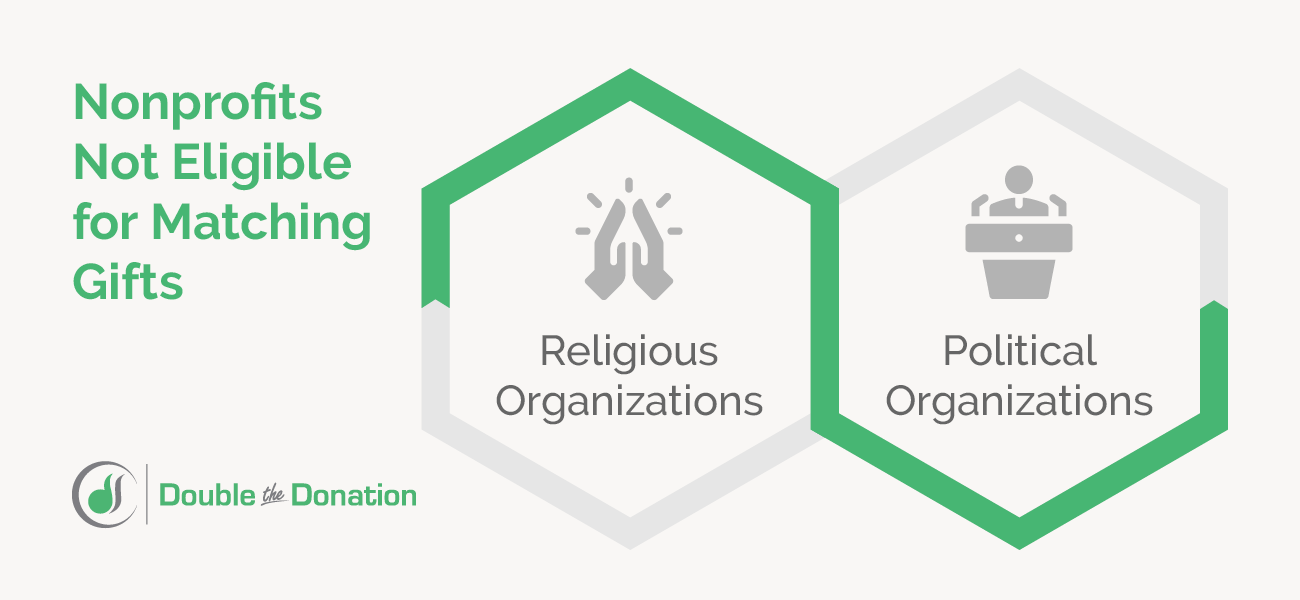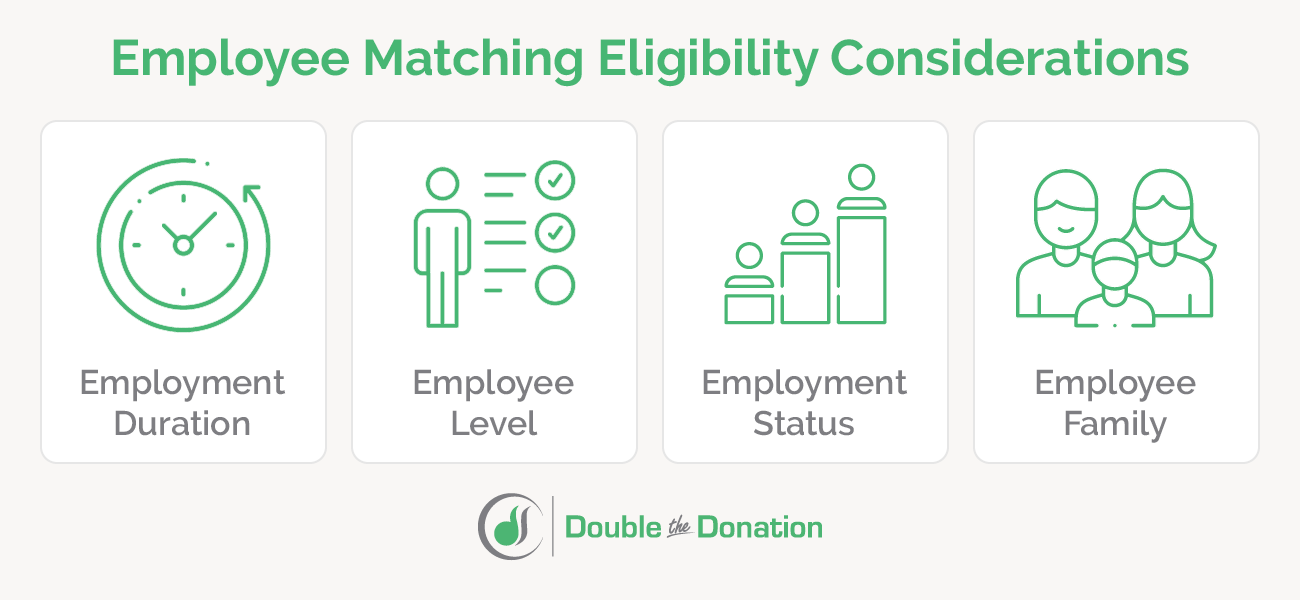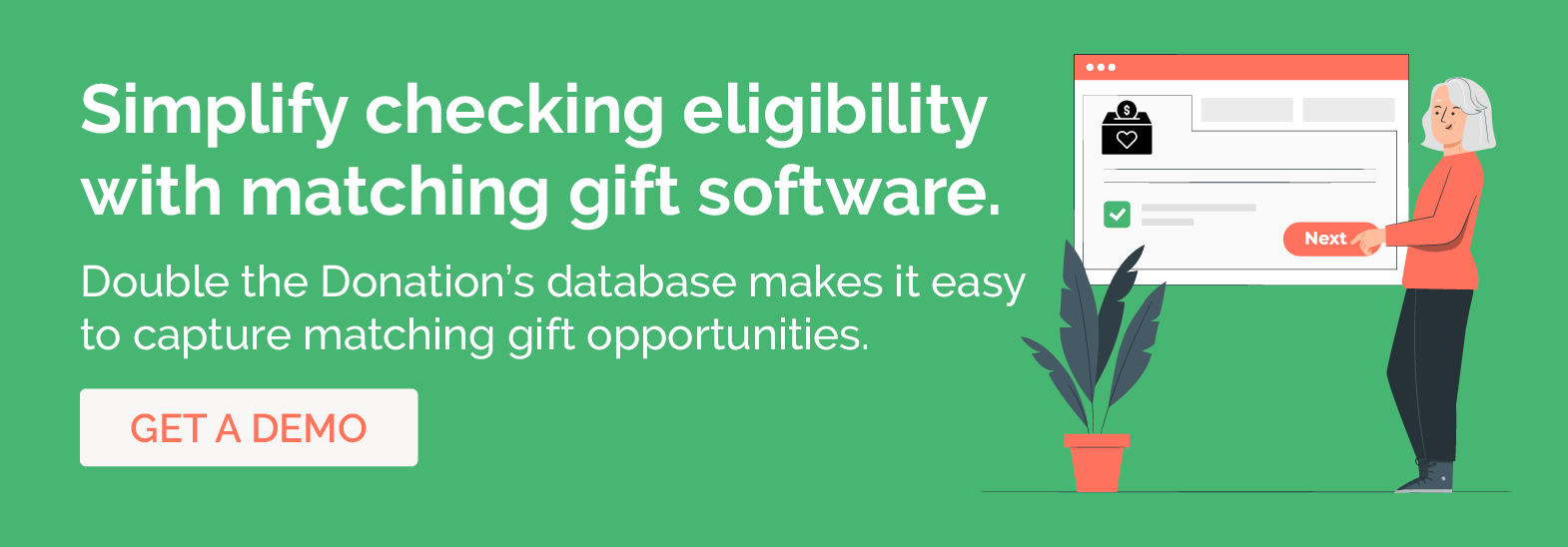Your nonprofit needs a strong fundraising strategy to drive revenue and deepen its impact. By clearly outlining your goals and creating a coherent map for the future, you can tailor your fundraising approach to your nonprofit’s unique needs, goals, and audience.
In this guide, we’ll walk through:
What is a Fundraising Strategy?
A fundraising strategy outlines your nonprofit’s approach to ensuring your fundraising campaigns are effective and sustainable. To effectively raise money and cultivate donor relationships, it’s essential that you create a comprehensive fundraising strategy that covers your finances, events, and marketing.
A thorough yet flexible fundraising strategy can help your nonprofit in the following key ways:
- Improves your team’s time management. When everyone on your fundraising team understands your organization’s plan and how their work relates to overarching goals, productivity will increase.
- Drives fundraising success. Creating a well-defined plan helps your organization take concrete steps towards achieving its fundraising goals. A strong fundraising strategy helps you play to your strengths and appeal to donors’ preferences, which in turn creates a reliable donation pipeline to power your organization’s work.
- Economizes resource allocation. Efficiency is a top priority for any nonprofit. The right fundraising strategy helps you determine your biggest areas of need and allocate the appropriate time, energy, and resources accordingly.
- Builds relationships with supporters. When your organization articulates clear goals and demonstrates its investment in supporters’ needs, expectations, preferences, and priorities, your donors will take notice. Creating a fundraising strategy aids donor retention and engagement, stitching you and your donors closer together.
- Establishes clear direction for the future. A fundraising strategy allows you to set goals, define key performance indicators, and evaluate metrics that measure the success of your initiatives.
A fundraising strategy involves multiple moving parts, so it’s important that you invite key stakeholders like your board members, employees, and prominent volunteers to collaborate and develop a plan tailored to your nonprofit’s unique circumstances.
How to Build a Fundraising Strategy
Let’s examine how your organization can revamp its existing fundraising strategy or develop a new roadmap for fundraising success.
1. Reflect on your existing fundraising strategy.
Take a look at your previous fundraising efforts and their outcomes, focusing on metrics like donor retention rate and total amount raised. What did your organization do well? Where do you have room for improvement?
If your nonprofit has grown since you last revisited your fundraising strategy, evaluate how your strategy should change to work for a larger organization. Working with a nonprofit consulting firm is a great way to determine your organization’s needs and establish a plan.
2. Create concrete fundraising goals and a gift range chart.
A fundraising goal defines the amount of money your nonprofit seeks to raise during a specific initiative or throughout the year. Analyze previous fundraising data or conduct a capital campaign feasibility study to set informed goals. Or, use a gift range chart, which outlines gift amount, number of gifts, number of prospects, and cumulative gift totals to help you assess your goal’s viability.
Financial goals aren’t the only ones worth measuring, though; you should also set goals related to engagement, attendance, corporate partnerships, and marketing performance.
3. Identify donor prospects.
Conduct prospect research to determine which prospective donors have the most giving potential and are most likely to give to your organization. You can leverage your nonprofit’s constituent relationship management (CRM) system, such as EveryAction, to identify your top donors.
After determining which donors and segments you’d like to focus on, you can allocate your resources towards them accordingly.
4. Clean your database.
Clean donor data is essential to maintaining strong relationships. Ensure that your donor database is up-to-date with accurate contact information for your donors and remove any duplicate or incorrect entries. Good data hygiene ensures that your donor outreach and marketing efforts go to the right individuals.
5. Develop a strong case for support.
A case for support outlines your fundraising goals, how you’ll achieve them, and what you plan to do with the money you raise. Articulating what you’ll do once you reach your fundraising goal is crucial to communicating the value of supporting your organization to potential donors.
Incorporate your case for support into your donor outreach strategy. For instance, when writing donation request letters, explain how a donation will support your nonprofit’s work.
6. Build an action plan.
Based on the information you gathered previously, create an actionable list of steps. Your team can follow these steps to achieve your fundraising goals. These might include donor cultivation efforts, fundraising campaigns, or corporate partnership initiatives.
A detailed plan is key. Include who is responsible for each activity, the estimated cost, and how you’ll measure success.
7. Strengthen your internal operations.
Everyone at your organization should understand how their work relates to your fundraising strategy. Leadership should delegate tasks, establish priorities, and support staff in meeting goal timelines. Open channels of communication within your organization support strong internal operations.
8. Optimize your marketing strategy.
Reach supporters with an impactful nonprofit marketing strategy. Analyze which channels, types of messaging, and forms of social proof have been historically successful. Consider a multichannel approach, incorporating social media, direct mail, and other platforms in order to reach more potential supporters. Customize your messaging on each platform to target specific audiences, but make sure your branding is consistent across channels.
9. Engage and build relationships with donors.
Retaining existing donors is a cost-effective way to fundraise. Continue building relationships with your current donors by updating them on your fundraising progress and thanking them for their contributions. For instance, consider sending heartfelt letters and acknowledging supporters on a donor recognition wall.
10. Determine how you’ll measure success.
Tracking key performance indicators (KPIs) allows your organization to quantify the success of different initiatives and organizational growth over time. Choose metrics closely related to your goals.
You might measure event attendance, donor retention percentage, or donor acquisition rate. Over time, these data points allow you to see what works well for your nonprofit and where you should change your strategy.
An effective fundraising strategy helps your organization lead successful fundraising campaigns and develop a sustainable revenue stream. By clearly outlining your goals and how you’ll achieve them, your nonprofit will be well-prepared to maximize donor support, even in the most turbulent fundraising landscapes.
Working with a Fundraising Consultant
About 1 in 6 nonprofits hire at least one fundraising consultant to help them create or fine-tune their fundraising strategy. Consultants provide an outside perspective and specialized expertise to help organizations set realistic goals, diversify revenue streams, and implement sustainable fundraising practices.
Depending on your needs, your consultant can:
- Create or refine strategic fundraising plans to determine your organization’s goals based on its mission, vision, current financial situation, and past performance.
- Improve donor engagement through stewardship systems tailored to specific donor segments, automated thank-yous, and personalized outreach messages.
- Design and execute campaigns and appeals byadvising on what type of campaign will best serve your goals and helping you hone in on the messaging that will best appeal to your target audience.
- Provide event support, including aid with planning, structure, and promotion.
- Offer platform-specific expertise with tools like Salesforce or Blackbaud to optimize your data tracking and reporting capabilities.
A consultant is most valuable when you’re launching a major initiative, facing stalled revenue growth, or in need of skills your team doesn’t currently have. If your needs are short-term or highly specialized, hiring a consultant can be more cost-effective than adding permanent staff. You can also hire specific consultants instead of a general fundraising consultant—for example, if you need help migrating to a new CRM, a dedicated nonprofit tech consultant is more qualified to provide the assistance you need.
Look for someone with experience in your mission area, proven results with organizations of your size and sector, and fluency in your existing technology. Ask for references and examples of measurable impact. The right consultant will offer not only a plan, but the tools and training your team needs to sustain success long after their work is done.
Other Resources to Explore
- Nonprofit Basics – Learn more nonprofit management essentials by exploring other expert resources.
- How to Start a Fundraiser – Discover effective strategies for planning your next fundraiser and driving amazing fundraising results.
- The Complete Guide to Nonprofit Strategic Planning – With a strong strategic plan, your nonprofit will have a strong sense of what it needs to accomplish to advance its mission. Explore the basics of crafting a powerful nonprofit strategic plan for the future.

